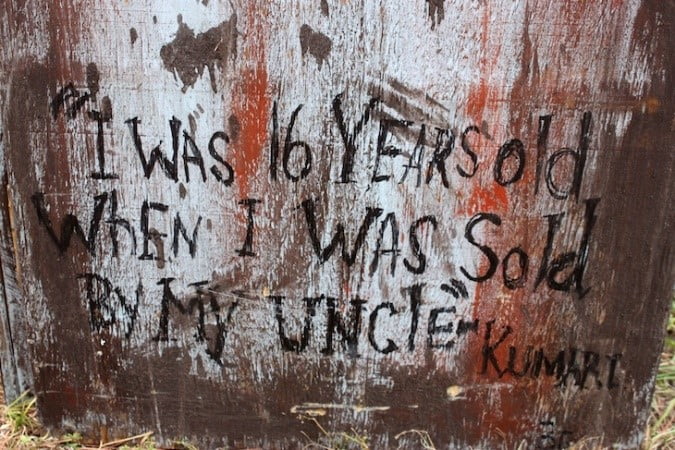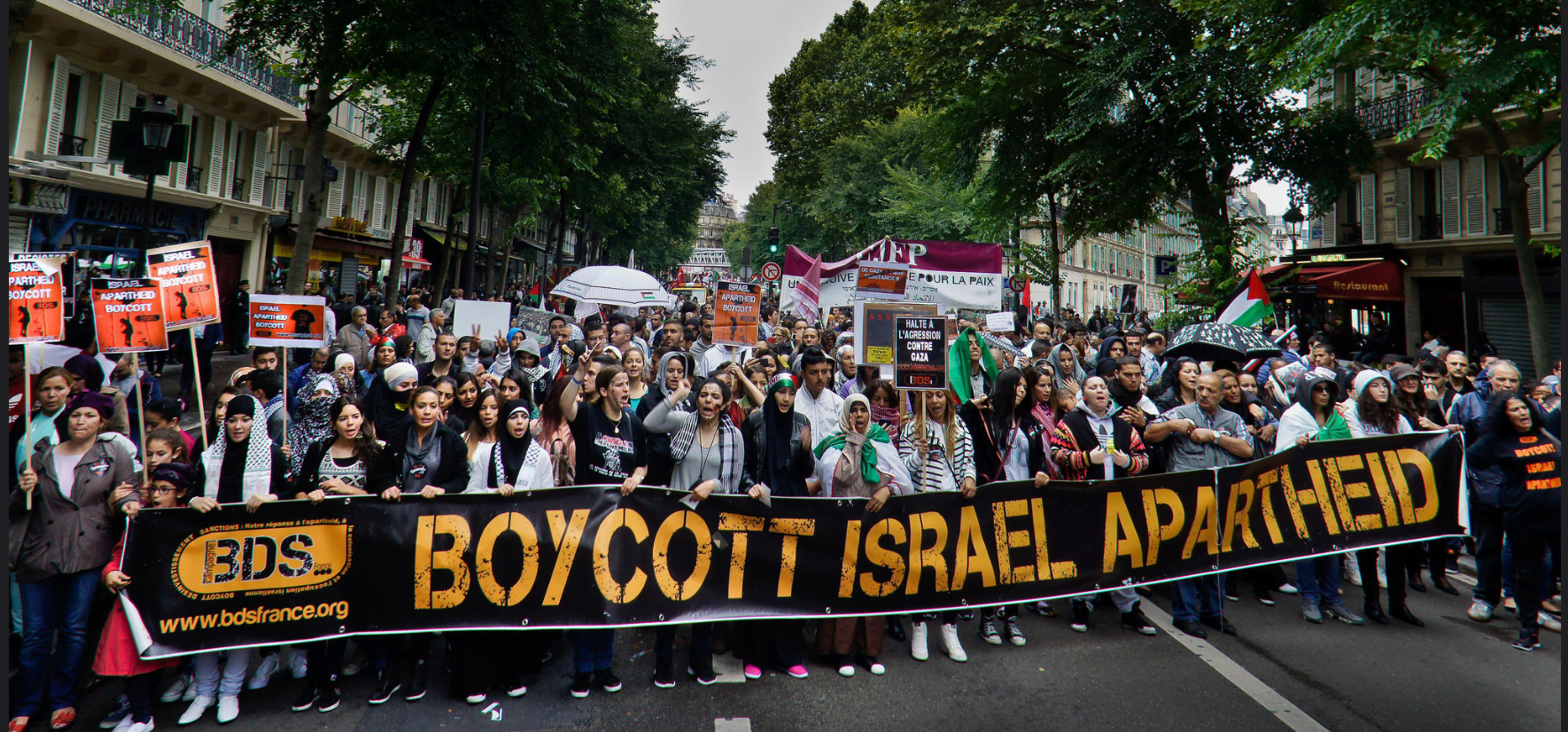Trigger Warning: Mentions of Violence, Assault, Sexual Assault
As per the UNODC, human trafficking involves recruitment, transportation, transfer, harbouring or receipt of persons, by means of the threat or use of force or other forms of coercion/deception, for the purpose of exploitation. Exploitation may include the prostitution of others or other forms of sexual exploitation, forced labour or services, slavery or practices similar to slavery, servitude, or the removal of organs. According to the report by the UNODC, most of the victims detected globally were trafficked for sexual exploitation, although this pattern is not consistent across all regions. While trafficking for forced labour is the most commonly detected form in sub-Saharan Africa, in Central Asia and South Asia, trafficking for forced labour and sexual exploitation are near-equally detected.
Called a top destination for human trafficking, India was once named the most dangerous country for women in terms of human trafficking according to a Thomson Reuters Foundation survey. According to the National Crime Records Bureau, a total of 5264 cases of human trafficking were reported in India in 2018, where 64% were women and 48% were below 18 years old. The most affected areas are Bihar, Maharashtra, Telangana, Jharkhand, Rajasthan, Andhra Pradesh, Assam, Orissa and West Bengal. People from economically disadvantaged classes, and belonging to the categories of SC, ST, OBC are more susceptible to fall victim to such malpractices.
As per the UNODC, human trafficking involves recruitment, transportation, transfer, harbouring or receipt of persons, by means of the threat or use of force or other forms of coercion/deception, for the purpose of exploitation. Exploitation may include the prostitution of others or other forms of sexual exploitation, forced labour or services, slavery or practices similar to slavery, servitude, or the removal of organs.
Also read: Tea Gardens of North Bengal: A Hotbed of Human Trafficking
The root causes of trafficking are poverty, social or cultural practice and migration. Other causes are the porous nature of borders, corrupt government officials, the involvement of international organised criminal groups or networks and limited capacity of or commitment by immigration and law enforcement officers to control borders.

Human trafficking in India results in women suffering from both mental and physical issues. Mental issues include disorders such as PTSD, depression and anxiety. The lack of control women have in trafficking increases their risk of suffering from mental disorders. Women who are forced into trafficking are at a higher risk for HIV, TB and other STDs. Condoms are rarely used, and therefore there is a higher risk for victims to suffer from an STD.
The root causes of trafficking are poverty, social or cultural practice and migration. Other causes are the porous nature of borders, corrupt government officials, the involvement of international organised criminal groups or networks and limited capacity of or commitment by immigration and law enforcement officers to control borders. People from economically disadvantaged classes, and belonging to the categories of SC, ST, OBC are more susceptible to fall victim to such malpractices.
The Government of India penalises trafficking through various relevant laws. In the Constitution, Article 23 states the prohibition of traffic in human beings and forced labour and Article 24 states the prohibition of employment of children in factories. Sections in the IPC such as 366A, 366B, 370 and 374 and others penalise traffickers with imprisonment up to 10 years and a fine. The Juvenile Justice Act, Information Technology (IT) Act, Immoral Traffic Act, Prevention of Child Labour Act, the Bonded Labour (Abolition) Act, are among others which try to penalise trafficking.
Also read: COVID-19: How The Pandemic May Increase Human Trafficking in India
India’s efforts to protect victims of trafficking vary from state to state, but remain inadequate in many places. Government authorities do not proactively identify and rescue such unfortunate individuals, hence only few victims receive financial assistance. There is no dearth of the related laws in the country but there is a problem of inadequate understanding and unfaithful implementation of laws. Social media, used as a new medium for human trafficking is not regulated by India. Improper coverage leads to inadequate date. And that’s where we need to begin.
References
Featured Image Source: Darrow Miller And Friends




